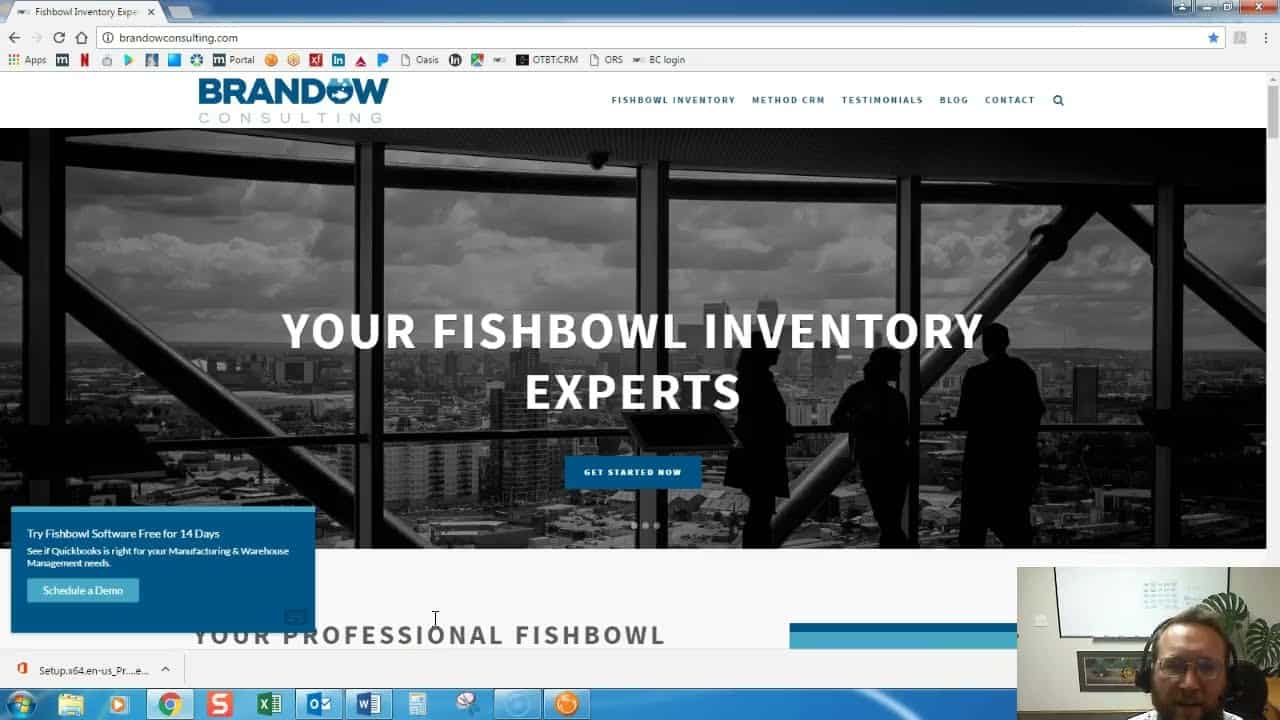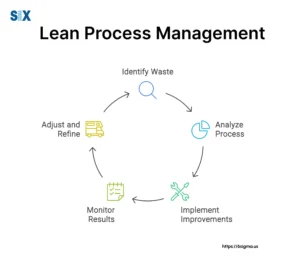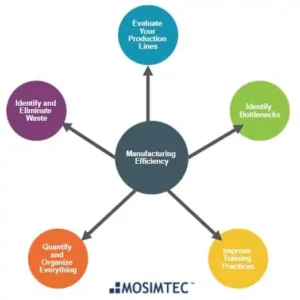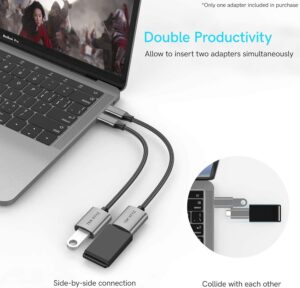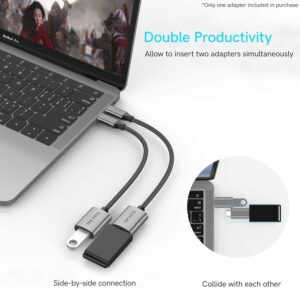Getting Started with Fishbowl Inventory Management
Begin your journey with Fishbowl Inventory Management and streamline your business operations from day one.
Introduction
Efficient inventory management is crucial for businesses of all sizes. If you’re considering Fishbowl Inventory to optimize your operations, you’re on the right track. However, implementing a new system can be daunting without proper guidance. This article provides a comprehensive guide to getting started with Fishbowl Inventory Management, covering everything from initial setup to best practices that will help you maximize the software’s potential.
Understanding Fishbowl Inventory
Before diving into the setup process, it’s essential to understand what Fishbowl offers and how it can benefit your business.
What is Fishbowl Inventory?
Fishbowl Inventory is a robust inventory management and manufacturing solution designed primarily for small to medium-sized businesses. It integrates seamlessly with QuickBooks and provides features like real-time inventory tracking, automated reordering, and comprehensive manufacturing modules.
Key Benefits:
- Scalability: Adaptable to businesses of various sizes and industries.
- Integration: Seamlessly connects with accounting software and sales platforms.
- Automation: Reduces manual tasks, increasing efficiency and accuracy.
Preparing for Implementation
Proper preparation ensures a smooth transition to Fishbowl Inventory.
Assess Your Current Processes
Start by evaluating your existing inventory management systems and processes.
- Identify Pain Points: Determine areas that need improvement, such as stock discrepancies or manual data entry errors.
- Set Clear Goals: Define what you aim to achieve with Fishbowl, like reducing stockouts or improving order fulfillment times.
Gather Necessary Data
Collect all relevant data that will be migrated into Fishbowl.
- Inventory Lists: Compile accurate lists of all products, including SKUs, descriptions, quantities, and locations.
- Vendor Information: Prepare a database of suppliers with contact details and terms.
- Customer Records: Organize customer data if integrating sales functions.
Tip: Ensure data is clean and up-to-date to avoid issues during migration.
Installing Fishbowl Inventory
Once you’re prepared, the next step is installing the software.
System Requirements
Before installation, verify that your hardware meets Fishbowl’s system requirements.
- Operating System: Windows Server 2012 or later, Windows 8 or later.
- Processor: Dual-core or higher.
- RAM: Minimum of 8 GB.
- Storage: At least 10 GB of free space.
Installation Steps
- Download Software: Obtain the latest version of Fishbowl from the official website.
- Run Installer: Follow the on-screen instructions to install the Fishbowl Server and Client applications.
- Activate License: Enter your license key provided upon purchase.
- Configure Database: Set up the database where your inventory data will be stored.
Note: Consider professional assistance if you’re not familiar with software installations.
Initial Setup and Configuration
With the software installed, it’s time to configure it according to your business needs.
Setting Up Users and Permissions
Define who will use the system and their access levels.
- Create User Accounts: Add users with unique usernames and passwords.
- Assign Roles: Determine roles such as Administrator, Salesperson, or Warehouse Manager.
- Set Permissions: Control access to specific modules and functions based on roles.
Importing Data
Import your collected data into Fishbowl.
- Use Import Wizards: Fishbowl provides import tools for inventory items, vendors, and customers.
- Data Mapping: Ensure fields in your data match Fishbowl’s format.
- Validate Data: Check for errors or discrepancies after import.
Integrating with Other Systems
Connect Fishbowl with your existing software platforms.
- Accounting Software: Set up integration with QuickBooks or Xero for synchronized financial data.
- E-commerce Platforms: Link your online stores to sync orders and inventory levels.
- Shipping Carriers: Integrate with shipping solutions like UPS or FedEx for streamlined fulfillment.
Training Your Team
A well-trained team is essential for successful implementation.
Providing Training Resources
Equip your staff with the knowledge they need.
- Workshops: Conduct in-house training sessions covering essential features.
- Online Tutorials: Utilize Fishbowl’s tutorials and webinars.
- User Manuals: Distribute documentation for reference.
Encouraging Hands-On Practice
Allow users to familiarize themselves with the system.
- Test Environment: Set up a sandbox environment for experimentation without affecting real data.
- Guided Tasks: Assign specific tasks to practice common operations like creating purchase orders or adjusting inventory.
Best Practices for Using Fishbowl
Implementing best practices ensures you get the most out of Fishbowl.
Regular Data Backups
Protect your data by scheduling regular backups.
- Automatic Backups: Configure Fishbowl to perform backups at set intervals.
- Offsite Storage: Store backups in a secure, remote location.
Keep Software Updated
Stay current with the latest features and security patches.
- Software Updates: Regularly check for and install updates provided by Fishbowl.
- Maintenance Plans: Consider subscribing to maintenance plans for ongoing support.
Utilize Automation Features
Leverage Fishbowl’s automation capabilities to increase efficiency.
- Automated Reordering: Set reorder points to automatically generate purchase orders.
- Alerts and Notifications: Configure alerts for low stock levels or pending approvals.
Monitor and Analyze Performance
Use Fishbowl’s reporting tools to track key metrics.
- Custom Reports: Generate reports on inventory turnover, sales performance, and supplier reliability.
- Dashboard Monitoring: Keep an eye on KPIs through customizable dashboards.
Troubleshooting Common Issues
Being prepared for potential challenges can save time and frustration.
Data Import Errors
If you encounter errors during data import:
- Check Data Format: Ensure your data matches the required format.
- Review Error Logs: Fishbowl provides logs detailing import issues.
- Seek Support: Contact Fishbowl’s customer service for assistance.
Integration Problems
For issues with integrations:
- Verify Credentials: Ensure API keys and login credentials are correct.
- Compatibility Checks: Confirm that your software versions are compatible.
- Consult Documentation: Refer to Fishbowl’s integration guides.
Conclusion
Getting started with Fishbowl Inventory Management doesn’t have to be overwhelming. By following this guide, you can implement the system effectively, tailor it to your business needs, and train your team for success. With Fishbowl, you’ll enhance inventory control, streamline operations, and position your business for growth. Don’t wait—take the first step towards operational excellence today.
FAQs
Is Fishbowl suitable for non-manufacturing businesses?
Yes, Fishbowl is versatile and can be used by wholesalers, distributors, retailers, and service providers to manage inventory efficiently.
How long does it take to implement Fishbowl?
Implementation time varies based on business size and complexity but typically ranges from a few days to several weeks.
Can I customize Fishbowl to fit my specific processes?
Absolutely. Fishbowl offers customization options for workflows, fields, and reports to match your unique business requirements.
What kind of support does Fishbowl offer after implementation?
Fishbowl provides ongoing support through phone, email, live chat, and a comprehensive online resource center.
Is training available for new users?
Yes, Fishbowl offers training programs, including webinars, tutorials, and personalized training sessions.
Does Fishbowl support multi-currency transactions?
Yes, Fishbowl supports multi-currency functionality, allowing you to conduct transactions in various currencies.
Can I access Fishbowl remotely?
Yes, with Fishbowl Anywhere or by hosting Fishbowl on a cloud server, you can access the system from remote locations.
Top Inventory Management Tools
Enhance your inventory management with these leading solutions:
Fishbowl Inventory
A robust inventory management and manufacturing solution designed for small to medium-sized businesses, offering seamless integration and automation features.
Katana Cloud Inventory
Specializes in visual production planning and real-time inventory tracking for manufacturers seeking to optimize workflows.
DEAR Systems
An all-in-one platform combining inventory management with integrated accounting and advanced manufacturing features.
Zoho Inventory
Provides multi-channel inventory management with strong reporting capabilities, suitable for businesses looking to enhance inventory visibility.
Cin7
Offers extensive integrations and advanced features for supply chain optimization and inventory control.
Keywords: getting started with Fishbowl, Fishbowl Inventory setup, inventory management, implementation guide, inventory tools, inventory planning, Fishbowl training, business operations, software integration, best practices

